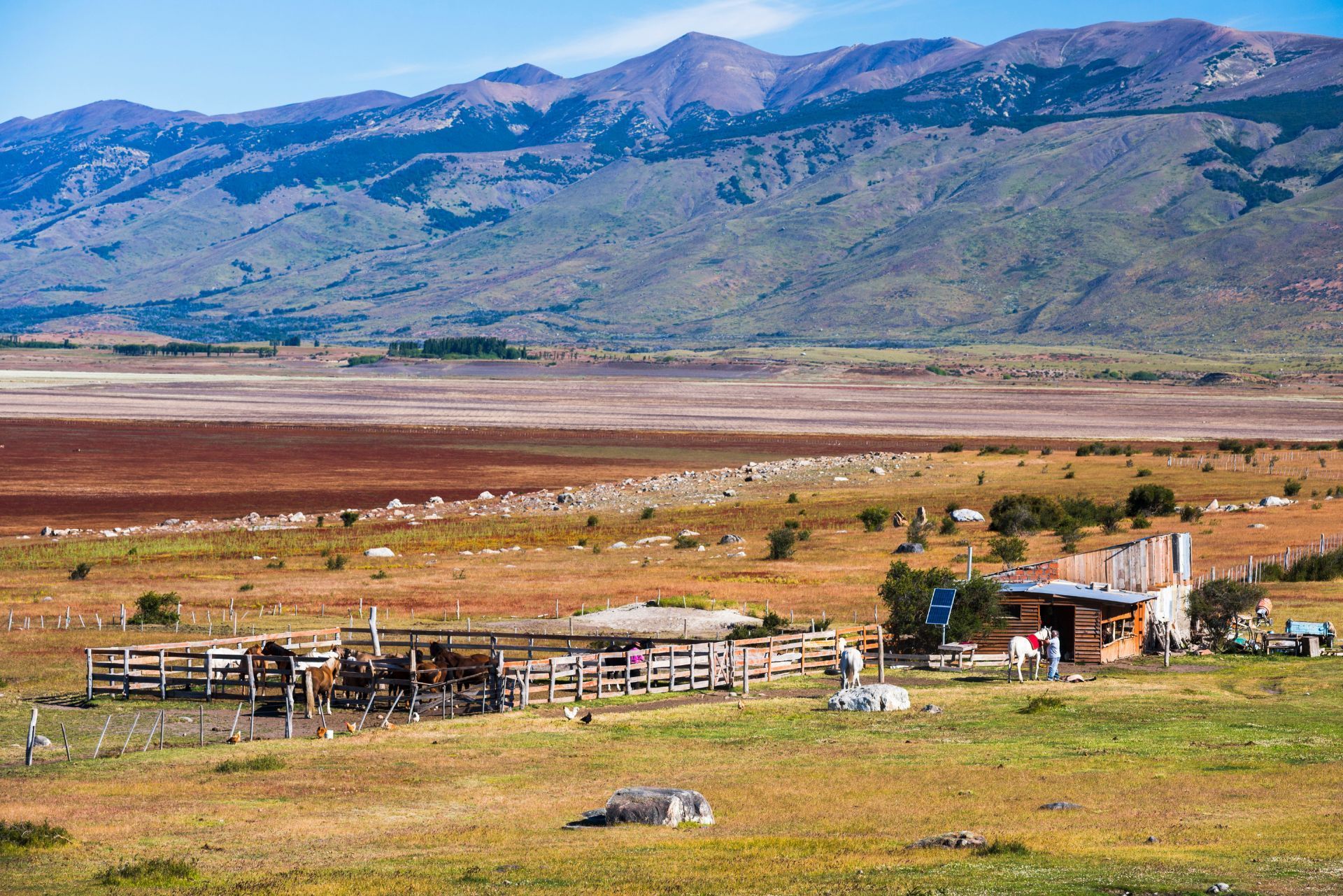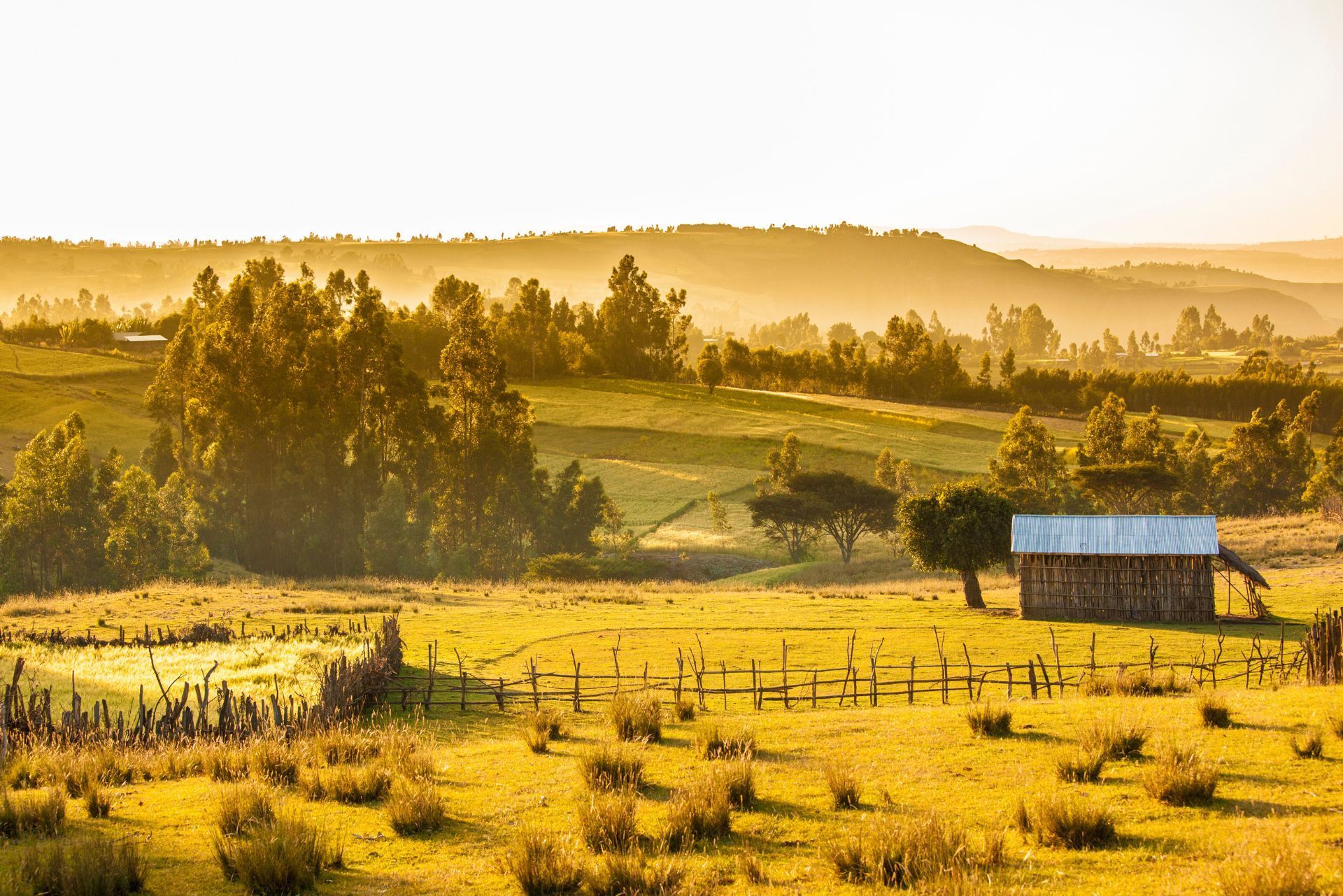
Top 3 Recommended Policies

Farm and ranch insurance is a vital component for anyone involved in agriculture in Arkansas. With its rich agricultural heritage, the state is home to numerous farms and ranches that contribute significantly to the economy. Understanding the ins and outs of farm and ranch insurance can help protect these valuable assets from unexpected events. This article will explore the types of coverage available, the factors influencing insurance costs, and tips for selecting the right policy.
Understanding Farm and Ranch Insurance
Farm and ranch insurance is designed to protect agricultural operations from various risks. Unlike standard homeowners insurance, these policies cater specifically to the unique needs of farmers and ranchers. This type of insurance typically covers property, liability, and equipment, among other aspects.
Types of Coverage
There are several types of coverage available under farm and ranch insurance. Each type serves a specific purpose, ensuring comprehensive protection for agricultural operations.
- Property Coverage: This protects physical assets, including buildings, machinery, and livestock. It can cover damages from natural disasters, theft, or vandalism.
- Liability Coverage: This is crucial for protecting against lawsuits resulting from accidents or injuries that occur on the property. It can cover medical expenses and legal fees.
- Crop Insurance: Designed specifically for farmers, crop insurance protects against losses due to natural disasters, pests, or disease.
- Equipment Breakdown Coverage: This covers the repair or replacement of essential equipment that may fail, ensuring that operations can continue with minimal disruption.
Why Farm and Ranch Insurance is Essential
The agricultural sector is inherently risky, with factors such as weather, market fluctuations, and health issues posing significant threats. Farm and ranch insurance provides peace of mind, ensuring that farmers and ranchers can recover from unforeseen events without facing financial ruin.
Moreover, many lenders require farmers to have insurance before providing loans for equipment or land purchases. This requirement underscores the importance of having adequate coverage in place.
In addition to the financial protection it offers, farm and ranch insurance can also play a vital role in promoting sustainable farming practices. By ensuring that farmers have the resources to recover from setbacks, these policies encourage investment in better equipment and environmentally friendly methods. This not only helps in maintaining productivity but also contributes to the overall health of the ecosystem. Farmers who feel secure in their operations are more likely to adopt innovative practices that can lead to increased yields and reduced environmental impact.
Furthermore, understanding the nuances of farm and ranch insurance can empower agricultural operators to make informed decisions about their coverage. Many policies offer customizable options, allowing farmers to tailor their insurance to fit their specific needs. This flexibility can be particularly beneficial for those who may diversify their operations, such as adding new crops or livestock, as it allows them to adjust their coverage accordingly. By actively engaging with their insurance providers, farmers can ensure they are adequately protected against the unique challenges they face in the ever-evolving agricultural landscape.

Factors Influencing Insurance Costs
Understanding the factors that influence the cost of farm and ranch insurance is crucial for budgeting and selecting the right policy. Various elements can affect premiums, including the type of farming operation, location, and the level of coverage desired.
Type of Operation
The nature of the farming or ranching operation plays a significant role in determining insurance costs. For instance, a large commercial farm may face higher premiums compared to a small family-run operation due to the scale of assets and potential risks involved.
Additionally, certain types of farming, such as livestock operations, may require specialized coverage, which can also influence costs. Understanding the specific risks associated with different types of operations can help in selecting the right policy. For example, dairy farms may need coverage for equipment breakdowns and milk contamination, while crop farms may require protection against crop failure due to adverse weather conditions. Each type of operation comes with its unique set of risks that insurers take into account when calculating premiums.
Location and Environmental Risks
Arkansas is known for its diverse landscapes, which can impact insurance costs. Areas prone to natural disasters, such as floods or tornadoes, may have higher premiums due to the increased risk of damage.
Furthermore, proximity to urban areas can also affect rates. Properties located near cities may face higher theft or vandalism risks, leading to increased insurance costs. Additionally, the local agricultural market and the prevalence of pests or diseases in a given region can also play a role in determining insurance rates. For instance, areas with a history of crop diseases may see higher premiums for crop insurance as insurers account for the increased likelihood of claims. Understanding these localized factors can help farmers and ranchers make informed decisions about their insurance needs.
Coverage Limits and Deductibles
The level of coverage selected and the chosen deductible can significantly impact insurance premiums. Higher coverage limits typically result in higher premiums, while opting for a higher deductible can lower costs. It’s essential to strike a balance between affordable premiums and adequate protection.
Moreover, it's important to consider additional endorsements or riders that can enhance a policy. For example, adding coverage for equipment breakdown, business interruption, or liability protection can provide peace of mind but may also increase the overall cost. Each farmer or rancher must assess their unique situation and determine which additional coverages are necessary to safeguard their investment. By carefully evaluating these options, they can tailor their insurance policy to meet their specific needs while managing costs effectively.
Common Exclusions in Farm and Ranch Insurance
While farm and ranch insurance provides extensive coverage, there are common exclusions that policyholders should be aware of. Understanding these exclusions can help in making informed decisions about additional coverage options.
Natural Disasters
Many standard farm and ranch insurance policies exclude coverage for certain natural disasters, such as earthquakes or floods. In Arkansas, where flooding can be a concern, it may be necessary to purchase separate flood insurance to ensure comprehensive protection. Additionally, it's important to note that some policies may also exclude coverage for wind damage, which can be particularly relevant in regions prone to hurricanes or severe storms. Farmers and ranchers should assess their geographical risks and consider tailored insurance solutions that address these specific vulnerabilities.
Negligence and Poor Maintenance
Insurance policies typically do not cover damages resulting from negligence or lack of maintenance. For example, if equipment fails due to neglect, the insurance may not cover the repair or replacement costs. Regular maintenance and adherence to safety protocols are essential to avoid these pitfalls. Furthermore, the responsibility also extends to livestock management; if animals suffer injuries or health issues due to inadequate care or substandard living conditions, claims related to these incidents may be denied. This highlights the importance of not only routine inspections and upkeep but also proper training for staff on best practices in animal husbandry and equipment handling.
Choosing the Right Insurance Provider
Selecting the right insurance provider is crucial for ensuring adequate coverage and support in times of need. Here are some tips to consider when choosing an insurance company for farm and ranch insurance.
Research and Reviews
Before committing to an insurance provider, conducting thorough research is essential. Look for reviews and testimonials from other farmers and ranchers in Arkansas. This can provide valuable insights into the company’s reputation and customer service.
Additionally, check for any complaints filed with the Better Business Bureau or state insurance regulators. A provider with a solid track record is more likely to deliver reliable service. Engaging with local agricultural associations can also yield recommendations and firsthand accounts of experiences with various insurance providers, helping you to make a more informed decision.
Specialization in Agricultural Insurance
Not all insurance companies offer specialized farm and ranch insurance. It’s essential to choose a provider that understands the unique needs of agricultural operations. Look for companies that have experience in the industry and can offer tailored coverage options.
Furthermore, consider the specific types of coverage available, such as crop insurance, livestock insurance, and equipment protection. A provider that offers a comprehensive suite of agricultural policies can help ensure that all aspects of your operation are adequately protected, allowing you to focus on your farming or ranching activities without the constant worry of potential financial setbacks.
Customer Support and Claims Process
Evaluate the level of customer support provided by the insurance company. A responsive and knowledgeable team can make a significant difference during the claims process. Ensure that the provider has a straightforward claims process and offers support when needed.
It's also beneficial to inquire about the availability of local agents who can provide personalized assistance. Having someone in your community who understands the intricacies of your farming or ranching operation can be invaluable. Additionally, ask about the provider's average claims processing time and their approach to handling disputes, as these factors can greatly affect your experience should you need to file a claim.
Tips for Lowering Insurance Premiums
While farm and ranch insurance is essential, it can also be a significant expense. Fortunately, there are several strategies that farmers and ranchers can employ to lower their insurance premiums without sacrificing coverage.
Bundle Policies
Many insurance providers offer discounts for bundling multiple policies. For example, combining farm and ranch insurance with other types of coverage, such as auto or home insurance, can lead to significant savings. This approach not only simplifies management but also reduces overall costs. By consolidating policies, farmers and ranchers can streamline their insurance management, making it easier to keep track of renewal dates and coverage limits. Additionally, bundling can enhance the relationship with the insurance provider, potentially leading to better service and support during claims.
Implement Risk Management Practices
Insurance companies often reward policyholders who take proactive steps to mitigate risks. Implementing safety measures, such as regular equipment maintenance, safety training for employees, and proper storage of hazardous materials, can lead to lower premiums. Furthermore, investing in technology, such as surveillance systems or automated alerts for equipment malfunctions, can further enhance safety and reduce the risk of loss. These measures not only protect the farm or ranch but also demonstrate to insurers a commitment to risk management, which can be a persuasive factor in premium negotiations.
Additionally, maintaining a clean and organized farm or ranch can reduce the likelihood of accidents, further decreasing insurance costs. Keeping pathways clear, ensuring proper signage is in place, and conducting regular safety audits can all contribute to a safer working environment. Engaging employees in safety initiatives can foster a culture of awareness and responsibility, ultimately benefiting both the workforce and the bottom line.
Review Coverage Regularly
As operations grow or change, it’s essential to review insurance coverage regularly. Regular assessments can help identify areas where coverage may be excessive or insufficient. Adjusting coverage levels to reflect current needs can lead to cost savings. For instance, if a farmer has sold off livestock or equipment, it may be unnecessary to maintain the same level of coverage for those assets. Conversely, if new machinery or buildings have been added, updating the policy to include these additions is crucial to ensure adequate protection.
Moreover, staying informed about changes in the agricultural industry, such as new regulations or emerging risks, can help farmers and ranchers make informed decisions about their insurance needs. Engaging with an
insurance agent who specializes in farm and ranch policies can provide valuable insights and ensure that coverage remains aligned with operational realities. Regularly scheduled reviews not only help in managing costs but also ensure that the insurance policy evolves alongside the business, providing peace of mind in an ever-changing landscape.

Conclusion
Farm and ranch insurance is a critical investment for anyone involved in agriculture in Arkansas. Understanding the various types of coverage, factors influencing costs, and tips for selecting the right provider can help farmers and ranchers protect their valuable assets.
By taking the time to research and evaluate insurance options, agricultural operators can ensure they have the right protection in place, allowing them to focus on what they do best: farming and ranching. With the right coverage, they can navigate the challenges of the agricultural industry with confidence.
In a state rich with agricultural opportunities, having comprehensive insurance coverage is not just a safety net; it is a crucial component of a successful farming or ranching operation. By being informed and proactive, farmers and ranchers can safeguard their livelihoods against unforeseen events.
Contact Us

